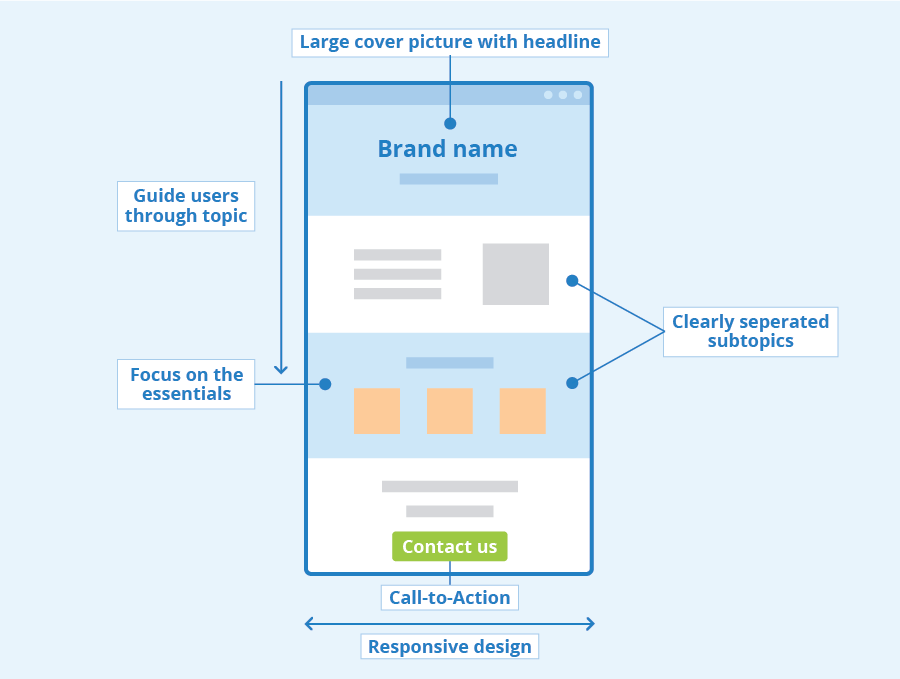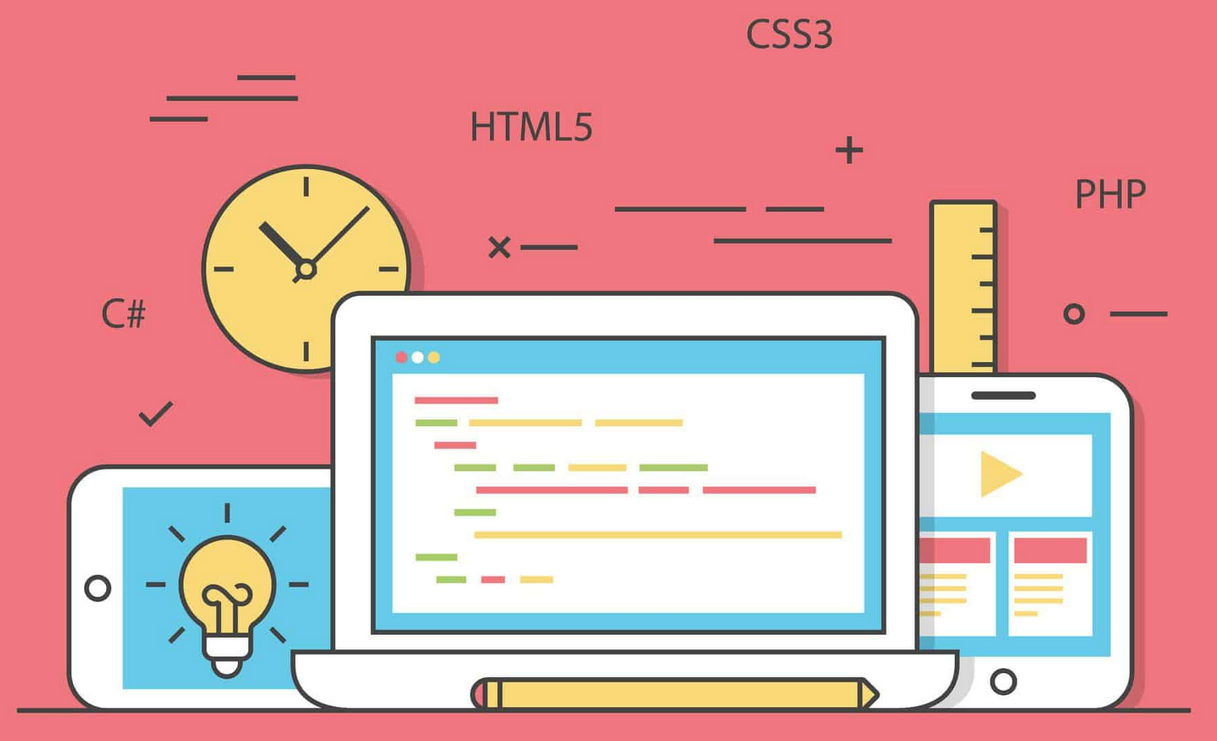Video and audio content are now essential parts of digital communication, from marketing videos and podcasts to online courses and social media clips. But what happens when someone can’t hear the audio or struggles to process spoken information?
For millions of people, captions and transcripts aren’t just helpful—they’re necessary. Whether someone is Deaf, hard of hearing, a non-native speaker, or in a noisy environment, providing text alternatives ensures that everyone can access and engage with your content.
In this post, we’ll explore why captions and transcripts are critical for accessibility, how they align with legal requirements like WCAG (Web Content Accessibility Guidelines) and ADA (Americans with Disabilities Act), and best practices for implementing them effectively.
Why Captions and Transcripts Matter
1. They Make Content Accessible to Deaf and Hard-of-Hearing Users
According to the World Health Organization (WHO), over 1.5 billion people globally experience some form of hearing loss. That’s nearly 20% of the world’s population—a huge audience that may struggle to engage with audio content without captions or transcripts.
For people who are Deaf or hard of hearing, captions and transcripts provide essential access to spoken words, background sounds, and speaker identification—ensuring they don’t miss out on important information.
2. They Improve Comprehension for Everyone
Accessibility benefits everyone, not just people with disabilities. Captions and transcripts also help:
- Non-native speakers who may find it easier to read along while listening.
- People with auditory processing disorders who struggle to process speech in real time.
- Viewers in noisy or quiet environments who either can’t hear the audio or can’t turn up the volume.
3. They Boost SEO & Increase Engagement
Search engines can’t “listen” to videos, but they can index transcripts and caption files, making your content more searchable.
Videos with captions see longer watch times and higher engagement rates because users can follow along even when audio isn’t available.
Transcripts make podcasts, webinars, and interviews more discoverable, driving more traffic to your site.
4. They Support Legal Compliance
Many accessibility laws and guidelines require captions and transcripts, including:
- WCAG 2.1 (Web Content Accessibility Guidelines)
- ADA (Americans with Disabilities Act)
- Section 508 (for federal websites and organizations receiving government funding)
Failing to provide captions can lead to lawsuits, as seen in cases against major companies like Netflix and Harvard for failing to provide accessible video content.
Captions vs. Transcripts: What’s the Difference?
Captions
What are they?
Captions are synchronized text that appears on screen while a video plays. They include:
- Dialogue (who is speaking and what they are saying).
- Sound effects (e.g., [laughter], [door creaks]).
- Speaker identification (so viewers know who is talking).
Types of Captions:
- Closed Captions (CC): Can be turned on/off by the user.
- Open Captions: Always visible and cannot be turned off.
- Auto-Generated Captions: Created by AI but often inaccurate (not a substitute for proper captions).
Transcripts
What are they?
Transcripts are a full text version of audio content, such as a podcast or recorded webinar. Unlike captions, they are not synchronized with video playback.
Types of Transcripts:
- Basic Transcripts: Include only spoken words.
- Descriptive Transcripts: Include speaker names, sound effects, and non-verbal information.
Transcripts are particularly important for podcasts, interviews, and audio content where captions aren’t an option.
Best Practices for Captions & Transcripts
Now that we know why captions and transcripts matter, let’s look at how to do them right.
1. Use Accurate, Well-Timed Captions
Avoid auto-generated captions without review. AI-generated captions (like YouTube’s automatic captions) are often full of errors.
Best practices:
- Use a professional captioning service (e.g., Rev, 3Play Media, Verbit) or manually review and edit auto-captions for accuracy.
- Ensure captions sync correctly with the video’s audio.
- Make captions concise and readable (avoid long, cluttered lines).
2. Include Speaker Identification & Sound Effects
Bad Captioning Example:
“I don’t know where it went.”
Good Captioning Example:
[Sarah]: “I don’t know where it went.”
*[Loud crash in the background]
This ensures context isn’t lost for viewers who can’t hear the audio.
3. Keep Captions Readable
- Use high contrast (e.g., white text on a black background).
- Display 1-2 lines at a time (not big blocks of text).
- Use a clear, sans-serif font for readability.
4. Provide Transcripts for Audio Content
If you have a podcast or an audio-only interview, always provide a transcript on your website.
Best practices:
- Include timestamps for easy navigation.
- Format text into short, readable paragraphs.
- Offer downloadable PDF or text versions.
5. Make Sure Captions & Transcripts Are Available on All Platforms
Different platforms have different ways of adding captions:
- YouTube & Facebook: Allow you to upload .SRT files (caption files).
- Instagram & TikTok: Have built-in captioning tools for stories and videos.
- Podcasts & Websites: Should include full transcripts for each episode.
Pro Tip: Always test captions on multiple devices to ensure they are readable on both mobile and desktop screens.
The Future of Captions & Transcripts
As digital accessibility continues to grow in importance, captions and transcripts are becoming the standard—not just an optional feature.
AI-powered captioning is improving—but still requires human review for accuracy.
Automatic transcripts for podcasts and meetings (Zoom, Microsoft Teams, Google Meet) are making content more accessible.
More businesses are realizing that accessibility isn’t just compliance—it’s a competitive advantage.
Final Thoughts: Accessibility is Good for Everyone
Providing captions and transcripts isn’t just about compliance—it’s about inclusion. By ensuring that all users, regardless of ability, can access your content, you:
- Reach a wider audience
- Improve engagement and comprehension
- Boost SEO and search rankings
- Show that your brand values inclusivity
Let’s build a more accessible digital world—one caption at a time!







